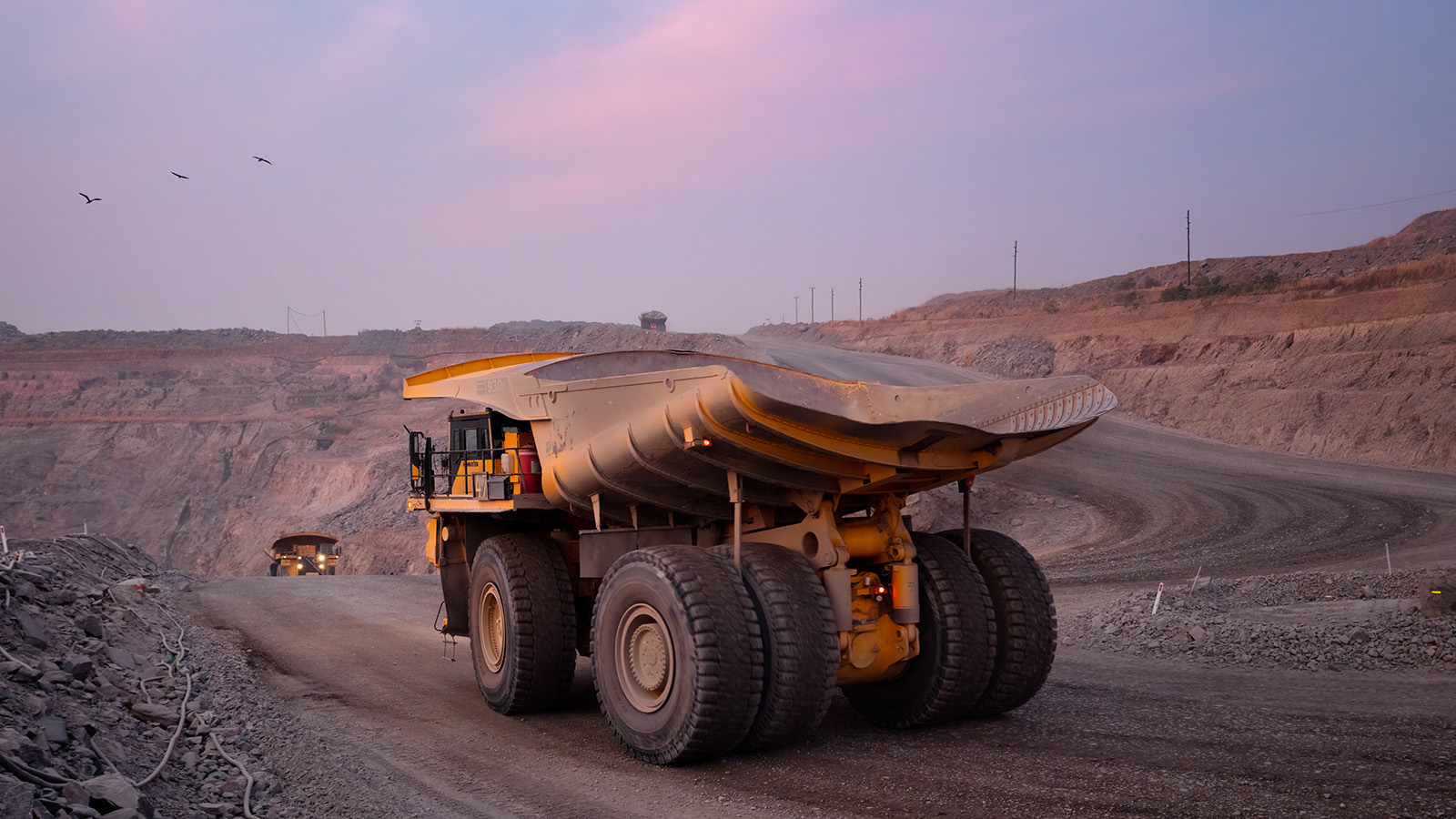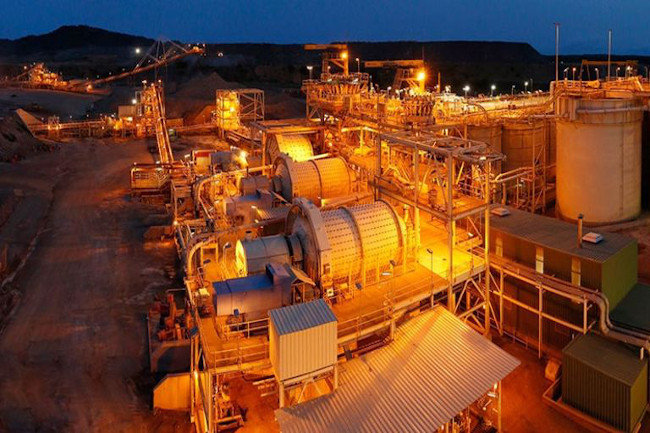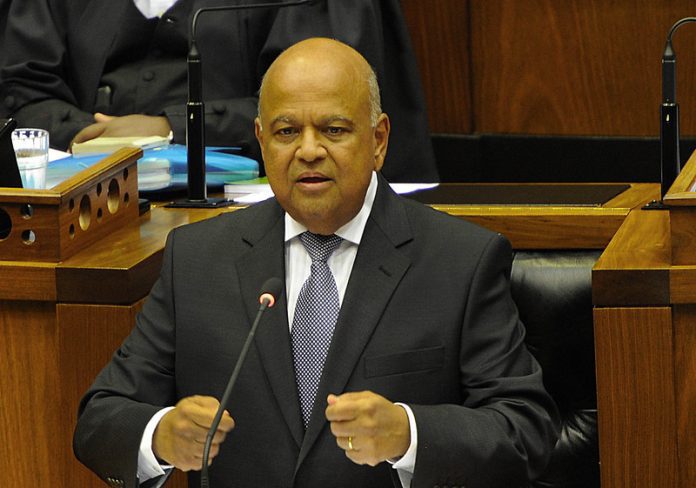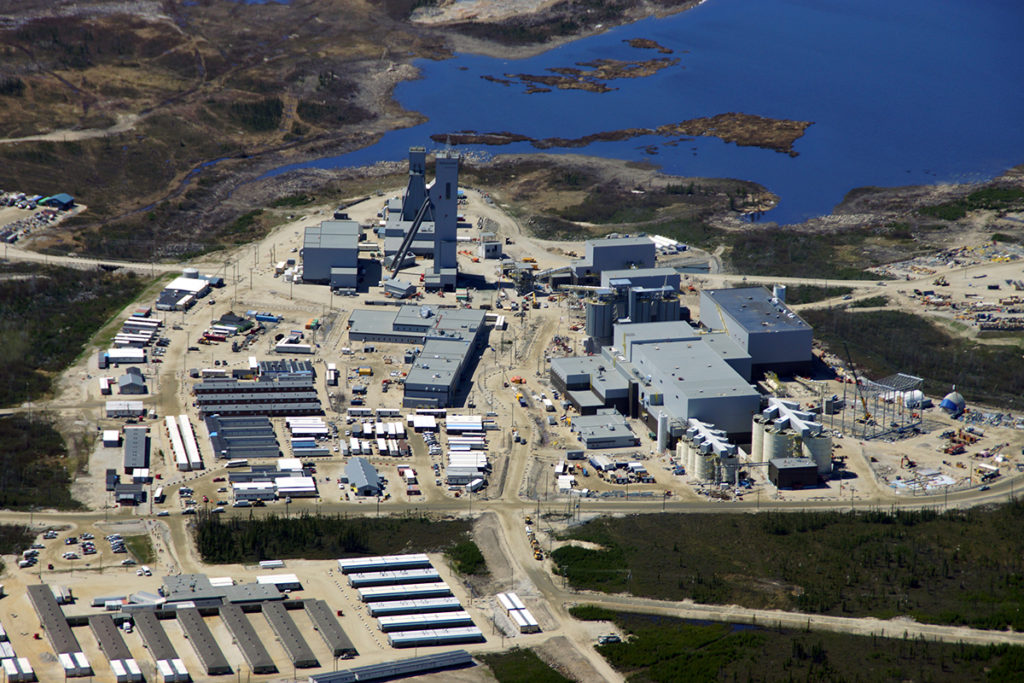Mining Other

Middle East’s Energy Transition Progress Reflects Economic and Market Realities

As the global energy transition gathers pace, the Middle East faces mounting pressure to adapt its hydrocarbon-dependent economy to a lower-carbon future. A key challenge is the projected decline in oil demand driven by transport electrification — a trend that could displace nearly 20 million barrels per day by 2050, as electric vehicles come to represent half of the global fleet.
According to analysts at Wood Mackenzie, the region’s progress in navigating this shift is uneven, shaped by each country’s exposure to demand risks, decarbonisation ambitions, and the evolving needs of global markets.
Jom Madan, Senior Research Analyst, Scenarios & Technologies at Wood Mackenzie, describes the region’s adaptation to the energy transition as “a mixed bag and largely dependent on the relative competitiveness and resilience of each country’s hydrocarbon sector.”
He notes that countries with ambitious decarbonisation policies are typically either those most economically at risk from the energy transition or those aiming to become first movers in emerging low-carbon industries.
However, Madan cautions that the commercialisation of low-carbon fuels remains a challenge.
“These fuels are generally more expensive than their fossil counterparts, and their viability depends on the market’s ability to pay.”
He explains that against a backdrop of rising geopolitical tensions, increased government spending on defence and social welfare, and fiscal constraints in many markets, it is “unlikely that the energy transition will progress at the scale required to meet net zero goals” in the near term.
Diverging National Strategies in the Transition
Within the region, countries such as Oman, Saudi Arabia, and the United Arab Emirates have declared ambitious climate targets, driven by concerns over declining oil demand and opportunities to lead in new energy sectors.
Prakash Sharma, Vice President and Head of Scenarios and Technologies at Wood Mackenzie, underscores the scale of change ahead, noting that “transport electrification is the biggest risk to oil demand globally,” with EV adoption set to reduce demand by almost 20 million barrels per day by mid-century.
“Not even increased petrochemical demand can fill this massive void,” he adds.
According to Sharma, Oman’s energy strategy illustrates this dynamic. Its conventional oil and gas fields are expected to be largely depleted within two decades if current production continues.
In response, Oman has set aggressive targets for low-carbon hydrogen production—1 million tonnes per annum by 2030, rising to 8.5 million tonnes by 2050. Achieving these goals requires substantial renewable energy capacity; Oman aims for 30% renewable power by 2030 and 39% by 2040.
Sharma explains that Wood Mackenzie’s base case anticipates regional power demand doubling by 2050 to supply about 15 million tonnes of low-carbon hydrogen annually. In a more accelerated energy transition scenario aligned with net zero ambitions, power demand could nearly triple to support hydrogen production of 62 million tonnes.
Conversely, countries like Qatar, which exports primarily natural gas, face lower immediate risks from falling oil demand. Madan observes that Qatar currently has “no plans to set firm net zero or hydrogen production targets,” reflecting different strategic priorities within the region.
Technological innovation plays a crucial role in the region’s decarbonisation efforts, particularly in sectors difficult to abate, such as refining and petrochemicals. Sharma highlights the challenges posed by the high heat requirements of these industries, which make decarbonisation options “relatively expensive.”
He identifies renewable energy, carbon capture, utilisation and storage (CCUS), and low-carbon hydrogen as “necessary” components to reduce emissions.
However, he warns that the viability of these technologies in the Middle East will depend heavily on export market demand.
“Development of low-carbon fuels hinges on demand from customers abroad,” Sharma notes, adding that if that demand materialises, the region’s abundant renewable and fossil resources could complement each other, allowing adjacent industries to participate and enabling emissions reductions across the wider economy.”
Looking forward, Madan emphasises that policy frameworks, investment decisions, and technological advancements will all be critical to the region’s emissions reduction ambitions. However, he reiterates the Middle East’s role as a global energy exporter as a defining factor in its energy future.
“The region’s advantage lies in its resources and ability to respond to market demands, whether for oil and gas or hydrogen and e-fuels,” he says. “Ultimately, what customers want and can afford will shape the trajectory of the energy transition here.”
This market-driven approach underscores the delicate balancing act Middle Eastern countries face: leveraging their existing hydrocarbon infrastructure while investing in emerging low-carbon technologies. The pace and scale of the transition will likely vary by country, reflecting their differing risk exposures, economic resilience, and strategic priorities.












